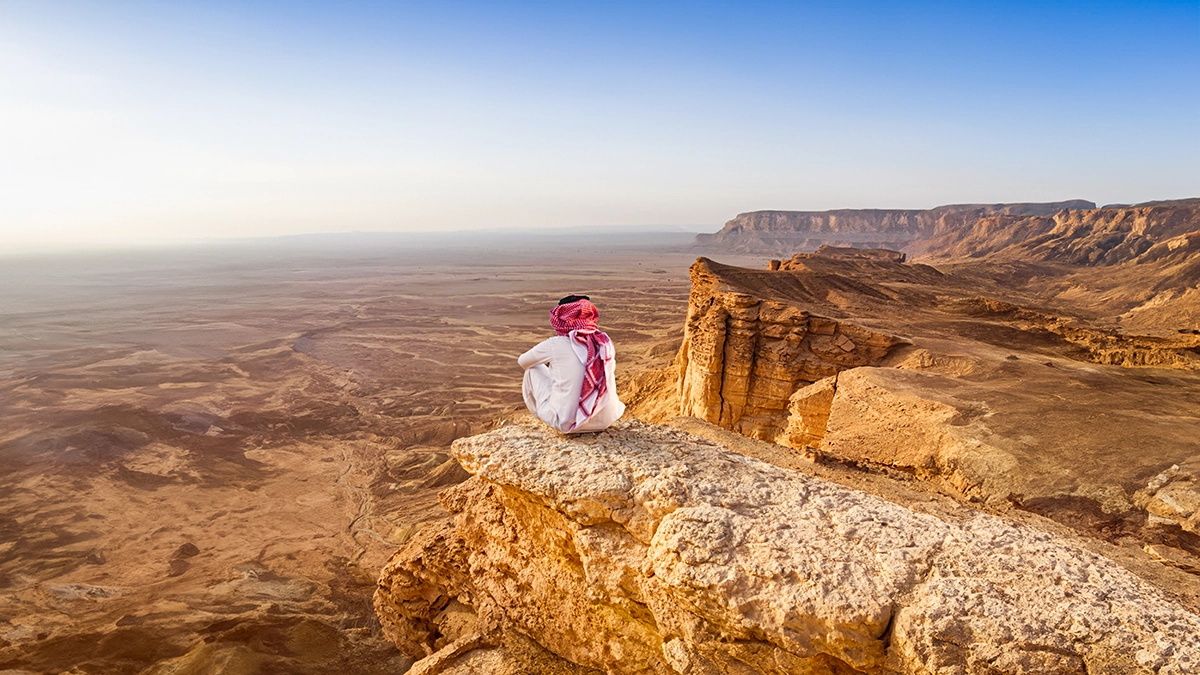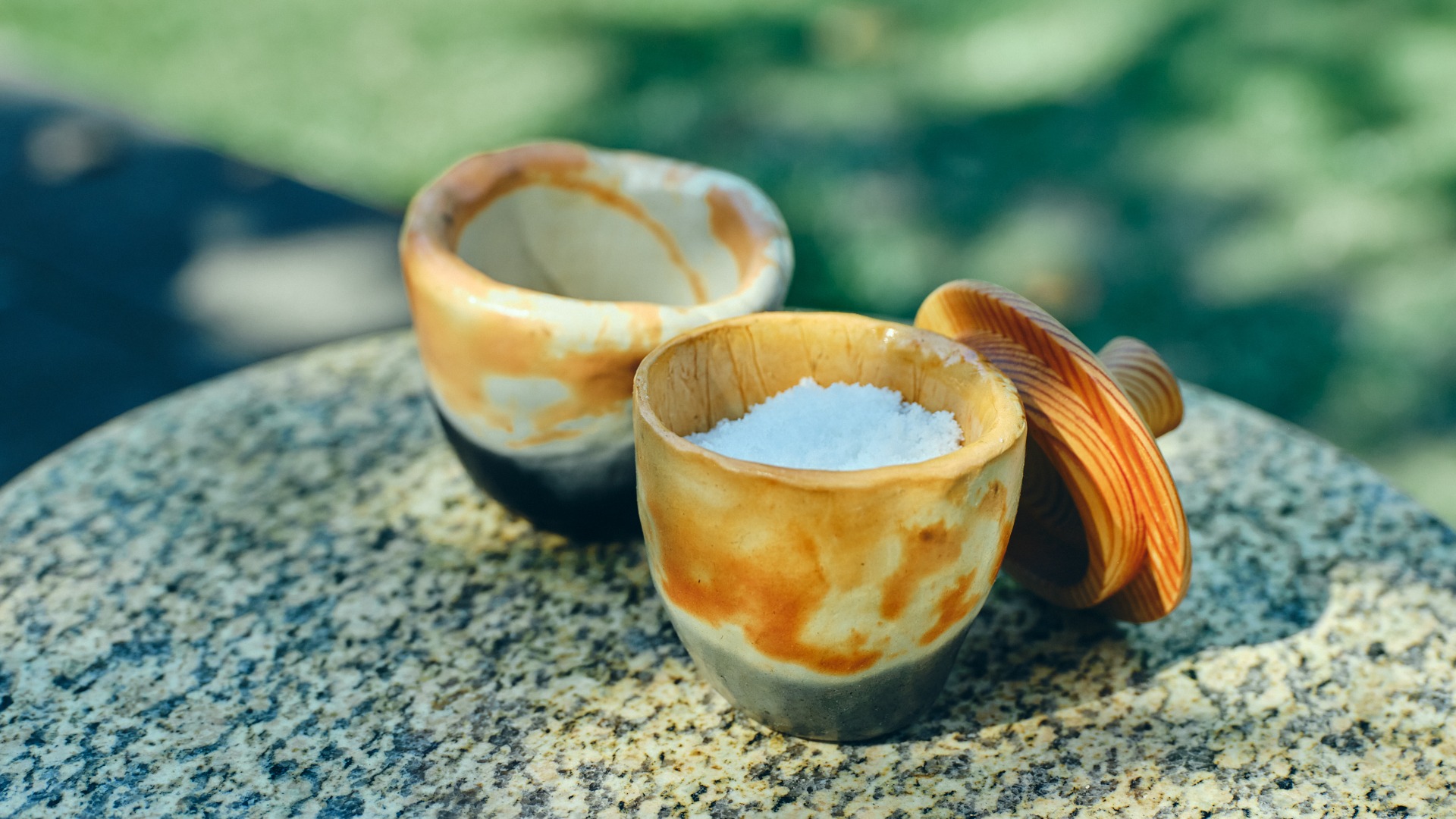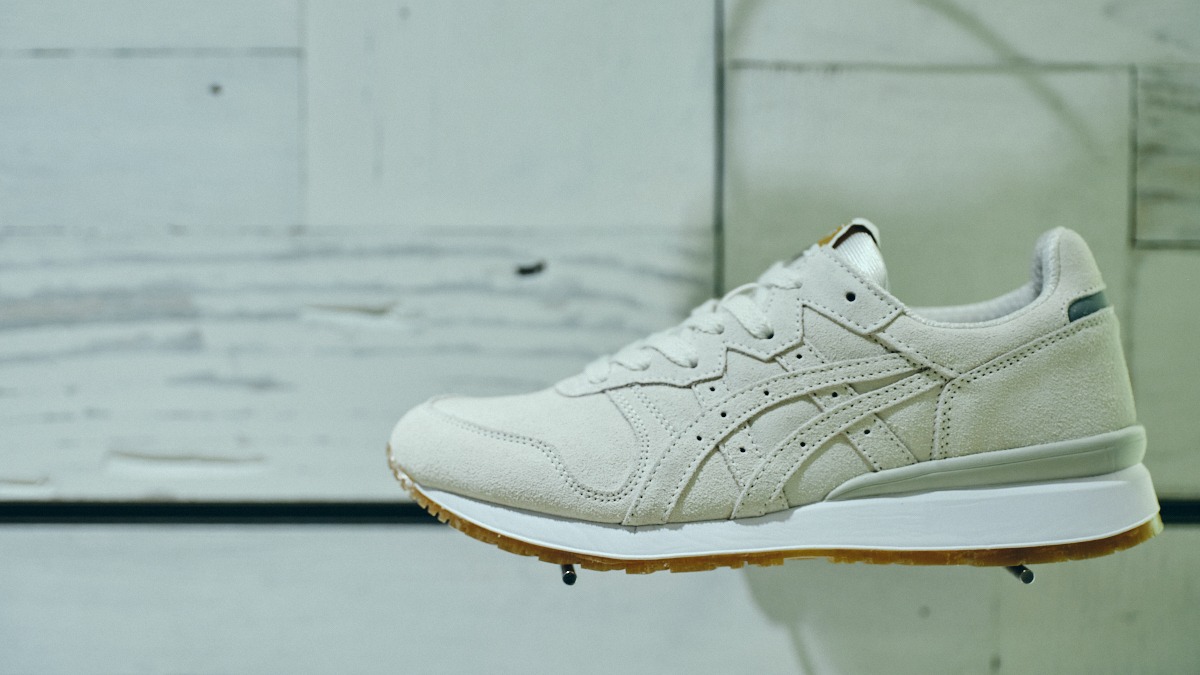Introduction
Perched majestically on Doi Suthep mountain, just a short drive from the heart of Chiang Mai, lies one of Thailand’s most revered spiritual and cultural landmarks: Wat Phra That Doi Suthep. This stunning temple, with its golden chedi glistening in the sunlight, offers visitors not only a glimpse into the rich tapestry of Thai Buddhism but also breathtaking views of the surrounding landscape. As you make your way up the winding roads, the anticipation builds, knowing that you are about to experience a place steeped in history and spirituality.
Doi Suthep is more than just a temple; it’s a vibrant hub of cultural activity, especially during the festive seasons. The temple comes alive with the sights and sounds of celebrations, drawing locals and travelers alike to partake in its rich traditions. And if you’re a fan of picturesque sunsets, you’re in for a treat! The temple offers some of the most mesmerizing sunset views in Chiang Mai, painting the sky in hues of orange and pink as the sun dips below the horizon, creating a magical backdrop that’s simply unforgettable.
Discovering Doi Suthep: Temple Hours and Visitor Information
Planning your visit to Doi Suthep is a breeze, thanks to its convenient opening hours. The temple welcomes visitors every day from 6:00 AM to 8:00 PM, allowing ample time to explore its sacred grounds and soak in the serene atmosphere. For those who wish to linger a bit longer, you can stay until 9:00 PM for a unique nighttime experience, where the temple is beautifully illuminated, casting a golden glow against the night sky.
As you prepare for your visit, keep in mind the entrance fee of just 30 Baht, which grants you access to this iconic site. If you prefer a more leisurely ascent, the funicular railway is a fantastic option, costing only 20 Baht. This ride not only saves your energy for exploring the temple but also offers stunning views along the way!
For those eager to learn more about this enchanting place, be sure to check out our Comprehensive Travel Guide to Doi Suthep, which includes everything you need to know for a seamless visit.
Best Times to Visit Doi Suthep: Timing Your Experience
Timing your visit to Doi Suthep can significantly enhance your experience. If you’re looking for a peaceful atmosphere, early mornings are ideal. The temple is less crowded, allowing you to enjoy the tranquility of the surroundings and perhaps even catch a glimpse of the monks in their morning rituals.
But if you’re after that stunning sunset view, make sure to arrive just before closing time. The sky transforms into a canvas of colors, and watching the sun set from the temple grounds is nothing short of magical. It’s a moment that many travelers cherish, making the effort to time your visit just right totally worth it.
And let’s not forget the vibrant festivals that take place at Doi Suthep! The temple plays a central role during significant cultural events like Loy Krathong and Yi Peng Lantern Festival, where the atmosphere is electric with celebration. If you’re in Chiang Mai during these times, experiencing the temple amidst the festivities is a must!
For more on the best times to visit, including festival schedules and tips for catching the perfect sunset, explore our Traveler’s Guide to Wat Phra That Doi Suthep.
Festivals and Cultural Events at Doi Suthep
When it comes to vibrant celebrations, Doi Suthep is a star player on Chiang Mai’s cultural stage! The temple is a focal point for some of the most cherished festivals in Thailand, showcasing the rich traditions and spiritual practices of the local community.
Loy Krathong, typically celebrated in November, is a magical festival where locals create beautiful krathongs (small floating baskets) adorned with flowers, candles, and incense. As night falls, the temple grounds become a stunning spectacle as thousands of krathongs are released onto the water, creating a mesmerizing glow that dances on the surface. It’s a heartfelt tribute to the water goddess, and witnessing this event at Doi Suthep is truly unforgettable.
Then there’s the enchanting Yi Peng Lantern Festival, held at the same time as Loy Krathong. Picture this: the night sky filled with hundreds of floating lanterns, each carrying the hopes and wishes of the people. The sight of these glowing lanterns drifting upwards from the temple is nothing short of breathtaking. It’s a moment that captures the essence of Thai culture and spirituality, making it a must-see for any traveler.
For those planning to visit during these festivals, be sure to check the festival schedule in advance, as the dates can vary each year. Arriving early to secure a good spot is highly recommended, as these events draw large crowds. Don’t forget your camera; you’ll want to capture the stunning visuals!
For more details on what to expect during these cultural events, visit our Extraordinary Things to Do in Chiang Mai.
Practical Tips for Visiting Doi Suthep
Ready to explore Doi Suthep? Here are some practical tips to make your visit smooth and enjoyable!
Dress Code
As a sacred site, Doi Suthep has a dress code that visitors should adhere to. Make sure to wear modest clothing: shoulders and knees should be covered. This shows respect for the temple and its traditions. If you forget to bring appropriate attire, don’t worry! There are vendors nearby selling sarongs and shawls.
Behavioral Etiquette
When visiting, remember to be respectful. Keep your voice down, avoid touching sacred objects, and always ask for permission before taking photos of monks or locals. A smile goes a long way, so greet the friendly locals and fellow travelers with warmth!
Transportation Options
Getting to Doi Suthep is easy! You can take a red songthaew (shared taxi) from the city center, which is a fun and affordable way to travel. Alternatively, if you prefer a more private experience, consider hiring a tuk-tuk or renting a scooter. Just keep in mind that the roads can be steep and winding!
For visitors with mobility challenges, the temple is accessible via the funicular railway, making it easier to reach the top without the strenuous hike. Everyone deserves to experience the beauty of this spiritual haven!
For more tips on ensuring a hassle-free visit, check out our Complete Traveler’s Guide to Chiang Mai.
Photography at Doi Suthep: Capturing the Perfect Shot
For photography enthusiasts, Doi Suthep is a dream come true! With its stunning architecture, golden chedi, and breathtaking views, there are countless opportunities to capture the essence of this iconic temple.
Best Photography Times
The early morning light is magical, casting a soft glow over the temple and surrounding mountains. If you’re hoping to snap that perfect sunrise shot, aim to arrive before dawn. Alternatively, the golden hour just before sunset is equally spectacular, enhancing the already stunning scenery with warm hues.
Recommended Spots
For the best views, head to the upper terrace of the temple where you can capture the chedi framed by the mountains. The viewpoint overlooking Chiang Mai is another must-see, offering a panoramic shot that showcases the city below. Don’t forget to experiment with different angles and perspectives – the beauty of Doi Suthep is in the details!
Pro tip: Bring a tripod for those low-light conditions, especially during festivals when the temple is beautifully illuminated. You’ll want to capture every magical moment!
For more photography tips and locations, check out our Exploring the Best of Chiang Mai.
Culinary Delights Near Doi Suthep: Local Cuisine to Savor
After a day of exploring, treat your taste buds to some local culinary delights! The area surrounding Doi Suthep is brimming with delicious food options that are sure to satisfy any craving.
Must-Try Dishes
Start with the iconic Khao Soi, a creamy coconut curry noodle soup that’s a Chiang Mai specialty. It’s packed with flavor and perfect for warming up after a day of sightseeing. Pair it with some crispy fried noodles on top for that extra crunch!
For dessert, indulge in Mango Sticky Rice, a heavenly combination of sweet mango and sticky rice drizzled with coconut milk. This delightful treat is a must-have while in Thailand!
Dining Options
After your visit to the temple, head to one of the nearby night markets for a vibrant dining experience. The markets come alive with food stalls offering everything from grilled meats to fresh fruit juices. It’s the perfect way to unwind and soak in the local atmosphere after a fulfilling day at Doi Suthep.
For a deeper dive into Chiang Mai’s culinary scene, check out our Ultimate Guide to Things to Do in Thailand.
Seasonal Travel Insights: Weather and Best Times to Visit Chiang Mai
Weather can play a big role in your Doi Suthep experience, so let’s break it down!
Peak Season
The peak tourist season runs from November to February, when the weather is cool and pleasant – perfect for exploring the temple and its surroundings. Expect larger crowds, especially during festivals, so plan accordingly!
Rainy Season
Visiting during the rainy season (June to October) can be a mixed bag. While you may encounter some downpours, the lush greenery surrounding the temple is a sight to behold. Just be sure to bring a raincoat or umbrella and check the weather forecast before heading out!
Regardless of when you visit, there’s always something beautiful to experience at Doi Suthep. For more insights on planning your trip, take a look at our 3 Days in Chiang Mai Itinerary.
Safety and Health Guidelines for Visitors
Your safety and well-being are important while exploring Doi Suthep and Chiang Mai. Here are some tips to keep in mind:
Travel Safety
While Chiang Mai is generally safe for tourists, it’s always wise to stay alert. Keep your belongings secure, especially in crowded areas, and avoid displaying valuables. If you’re out at night, stick to well-lit areas and travel in groups when possible.
Health Precautions
Stay hydrated, especially if you’re visiting during the hotter months. Bring along sunscreen and insect repellent to protect yourself from the sun and pesky bugs. If you have any health concerns, consult with your doctor before traveling. A little preparation goes a long way!
For more travel safety tips, check out our Discover the Temples in Chiang Mai.
Commonly Asked Questions (FAQs) About Doi Suthep
Got questions? We’ve got answers! Here are some of the most frequently asked questions about Doi Suthep:
What are the opening hours?
Doi Suthep is open daily from 6:00 AM to 8:00 PM, with the option to stay until 9:00 PM for a magical nighttime experience.
Is there an entrance fee?
Yes, the entrance fee is just 30 Baht, making it an affordable and worthwhile visit!
What should I wear?
Dress modestly, covering shoulders and knees, as a sign of respect for the temple. Sarongs are available for purchase if you forget!
For more visitor information, be sure to check our Chiang Mai Tourism Guide.
Fun Facts About Doi Suthep and Its Cultural Significance
Ready for some fun trivia? Here are a few interesting facts about Doi Suthep that will make you appreciate this beautiful temple even more!
Historical Context
Doi Suthep was founded in the 14th century and is believed to house a relic of the Buddha. Legend has it that a white elephant carried the relic to the site, where it trumpeted three times before dying, signifying that this was the perfect location for the temple.
Unique Traditions
During festivals, locals engage in unique customs, such as creating intricate flower arrangements and offering food to monks. These traditions provide insight into the spiritual life of the community and are a beautiful aspect of visiting Doi Suthep.
For more fascinating insights and stories, explore our Hidden Gems in Chiang Mai.
Detailed Day-by-Day Itinerary for Visiting Doi Suthep During Festivals
If you’re planning to visit during festival times, here’s a suggested itinerary to make the most of your experience:
Day 1: Arrival and Evening Visit
Arrive in Chiang Mai and settle into your accommodation. In the evening, head up to Doi Suthep to witness the temple illuminated by lanterns and candles during the festival. Grab a bite at a nearby night market afterward!
Day 2: Full Day of Festival Activities
Start your day with an early visit to the temple to avoid the crowds. Participate in the festival activities, such as making krathongs or releasing lanterns. Spend the afternoon exploring nearby attractions like Bhubing Palace or the Hmong Village.
Day 3: Relaxation and Local Cuisine Sampling
After the excitement of the festivals, take a leisurely day to relax. Visit a local spa for a traditional Thai massage, then indulge in some local dishes at a popular restaurant. Don’t forget to try Khao Soi!
This itinerary is just a suggestion, but feel free to adjust it to fit your travel style. For more ideas on planning your trip, check out our 3 Days in Chiang Mai Itinerary.





















